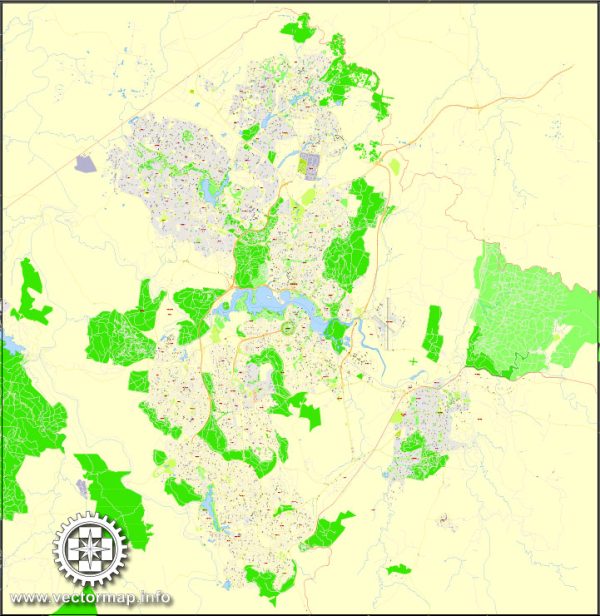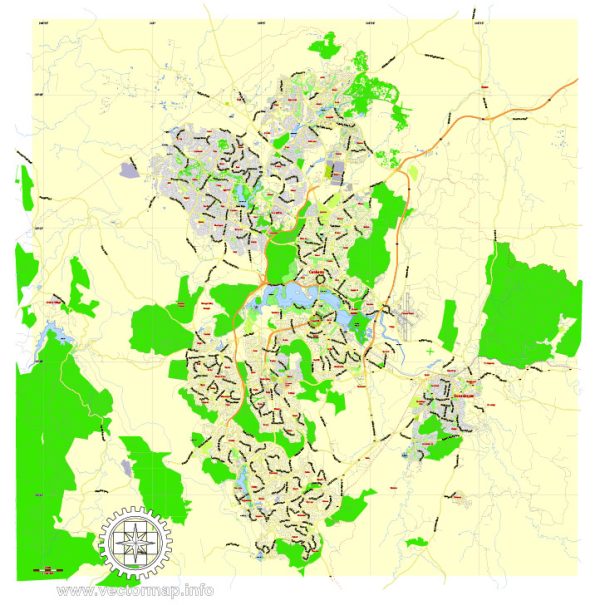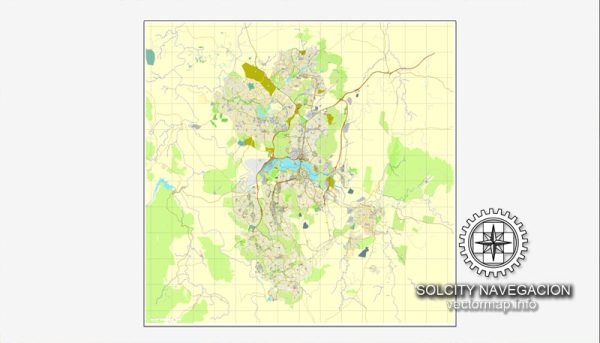The history of urban development in Canberra, Australia, is a unique and planned story. Canberra is the capital city of Australia and was specifically designed and built to serve as the nation’s capital. Its history is intertwined with the vision of the city’s planner, Walter Burley Griffin, and his wife Marion Mahony Griffin. Here’s an overview of the history of urban development in Canberra:
- Selection as the Capital: In 1908, Canberra was chosen as the site for the new capital of Australia after a long debate between Sydney and Melbourne, the two largest cities at the time. The decision to create a new capital was driven by the need to provide a neutral location for the federal government.
- Walter Burley Griffin’s Plan: American architect Walter Burley Griffin won the international design competition to plan the city in 1912. His plan envisioned a city that embraced the natural landscape, with the city center situated around Lake Burley Griffin, named in his honor. Griffin’s design incorporated geometric shapes and an axial layout, inspired by the principles of the City Beautiful movement and the Garden City movement.
- Construction and Development: Construction of Canberra began in 1913, but it was slow due to World War I and funding constraints. The city’s development picked up pace in the 1920s and 1930s, with the construction of important government buildings and infrastructure.
- Parliament House: The construction of Parliament House on Capital Hill was a significant milestone in Canberra’s development. It was completed in 1988 and became the iconic symbol of the city.
- Expansion and Growth: Over the years, Canberra’s population grew, and suburbs were developed to accommodate residents. The city’s planning principles emphasized green spaces, nature reserves, and wide avenues.
- Lake Burley Griffin: The man-made Lake Burley Griffin, created by damming the Molonglo River, became a central feature of the city, providing recreational opportunities and enhancing the urban environment.
- Cultural and Educational Institutions: Canberra is home to numerous cultural and educational institutions, including the Australian National University, the National Library, the National Gallery, and the Australian War Memorial, which have enriched the city’s cultural and intellectual life.
- Modern Development: Canberra’s urban development continues with modern infrastructure, residential areas, and a thriving technology and government sector.
- Governance: Canberra is unique in that it is a city located in the Australian Capital Territory (ACT), a separate territory governed by its own legislature. The local government, the ACT Government, manages the city’s planning and development.
Canberra’s urban development is characterized by its carefully planned design, green spaces, and integration with the surrounding natural environment. This planned approach has contributed to the city’s reputation as a well-organized and liveable capital.





 Author: Kirill Shrayber, Ph.D.
Author: Kirill Shrayber, Ph.D.